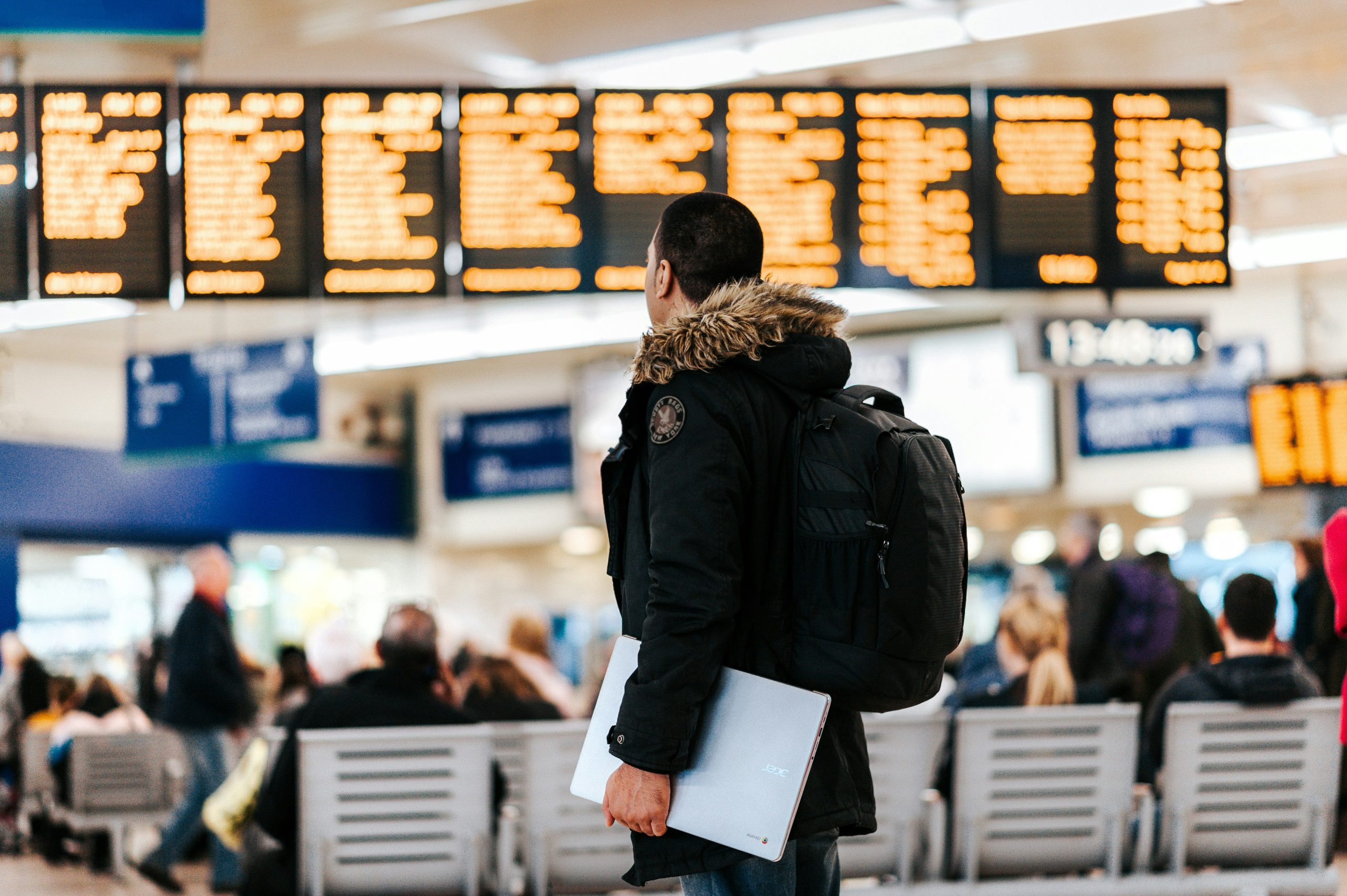As we enter the peak season, Sintra—a jewel in Portugal’s crown—sees a surge in visitors eager to explore its stunning landscapes, historic sites, and cultural treasures. While tourism is essential to the region’s economy, overtourism is a growing concern that threatens the sustainability and preservation of this beautiful destination.
I’ve been guiding tours in Sintra since 2006, and this issue is close to my heart. It’s not an easy subject to tackle, and it may not win me many friends, but it’s something that needs to be discussed. This week, after guiding two tours, I asked ChatGPT about overtourism’s impact on Sintra, and it highlighted some key areas where sustainable practices could make a difference.
Understanding the Impact of Overtourism in Sintra
Overtourism occurs when a destination is overwhelmed by visitors, straining its resources, infrastructure, and delicate ecosystems. In Sintra, the impact is visible: environmental degradation, increased waste, and wear on historical and cultural landmarks. The very essence that makes Sintra special is at risk, and if we don’t address this issue, we could lose the charm that draws people here in the first place.
Promoting Sustainable Tourism in Sintra
There are several strategies that could be implemented to ensure Sintra remains a destination of cultural and natural beauty for generations to come. Here are some ideas that emerged:
1. Visitor Management
Managing the flow of visitors is crucial. This could involve:
- Limiting tourist numbers at the most popular attractions during peak hours.
- Encouraging visits during the off-peak season.
- Implementing a reservation system to control crowds and distribute tourists more evenly.
2. Investing in Infrastructure
Sintra needs more sustainable infrastructure to handle the influx of visitors, such as:
- Better public transportation to reduce the environmental impact of private vehicles.
- Improved waste management systems to handle increased trash generation during peak season.
- Investing in sustainable amenities that support eco-friendly tourism.
3. Engaging Local Communities
It’s essential to involve the local community in tourism planning. Their voices matter, and their insights can ensure tourism’s benefits are shared equitably. This means:
- Listening to local concerns about tourism’s impact.
- Encouraging businesses that respect local culture and traditions.
- Ensuring that profits from tourism benefit the residents, not just external businesses.
4. Educational Initiatives
Tourists need to be informed about the impact they have on the destinations they visit. This includes:
- Raising awareness about responsible travel practices, like respecting local culture and minimizing waste.
- Encouraging visitors to embrace eco-friendly behavior, such as using public transport and supporting sustainable businesses.
- Providing information about how their choices affect the local environment and community.
5. Preserving Heritage Sites
Protecting Sintra’s historical sites is critical. This means:
- Introducing measures to protect delicate landmarks from damage due to overcrowding.
- Creating protected areas to limit foot traffic in vulnerable regions.
- Utilizing technology to monitor and manage wear and tear on popular attractions.
6. Diversifying Tourist Attractions
Sintra is more than just its most famous landmarks. Promoting lesser-known sites can:
- Help disperse tourists, reducing the strain on heavily visited spots.
- Encourage a broader exploration of the region, enriching the visitor experience.
- Highlight the hidden gems that make Sintra such a unique destination.
A Personal Decision for Change
I love Sintra—I’ve dedicated nearly two decades to sharing its wonders. But seeing the wear and tear overtourism is causing makes me feel a sense of responsibility. That’s why I made a hard decision: I’ve stopped including some of the most crowded attractions in my tours. It hasn’t been easy, especially since these spots are often in high demand, but it’s a choice I made to preserve the essence of this remarkable place.
Instead, I focus on offering alternative experiences—ones that allow my clients to enjoy Sintra’s beauty without contributing to the problem. I encourage overnight stays to experience the region outside of peak visiting hours. It may not be the easiest route for business, but it’s a choice that aligns with my values and desire to keep Sintra special.
How You Can Help: A Visitor’s Guide to Responsible Tourism in Sintra
If you’re planning to visit Sintra, there are ways you can help make a positive impact:
- Visit Off-Peak: Consider visiting during quieter times or at different hours to avoid crowds.
- Stay Longer: An overnight stay in Sintra will give you a different perspective and a more relaxed experience.
- Explore Beyond the Obvious: There are many beautiful, less-known spots in Sintra that are just as captivating as the major attractions.
- Support Local: Choose local guides, shops, and restaurants that prioritize sustainability and community well-being.
- Be Respectful: Treat cultural and natural sites with care, keeping them clean and respecting their history.
The Future of Sintra’s Tourism
I don’t have all the answers, and I have my doubts about how or when meaningful change will happen. But one thing is clear: the current trend cannot continue without severe consequences. If we want Sintra to remain a beloved destination, we need to commit to sustainable practices now.
So, if you love Sintra as I do, consider making small, conscious choices during your visit. Together, we can help ensure that this magical place remains a source of wonder and inspiration for generations to come.
#Sintra #Useful_Tips #Portugal_Unplugged



